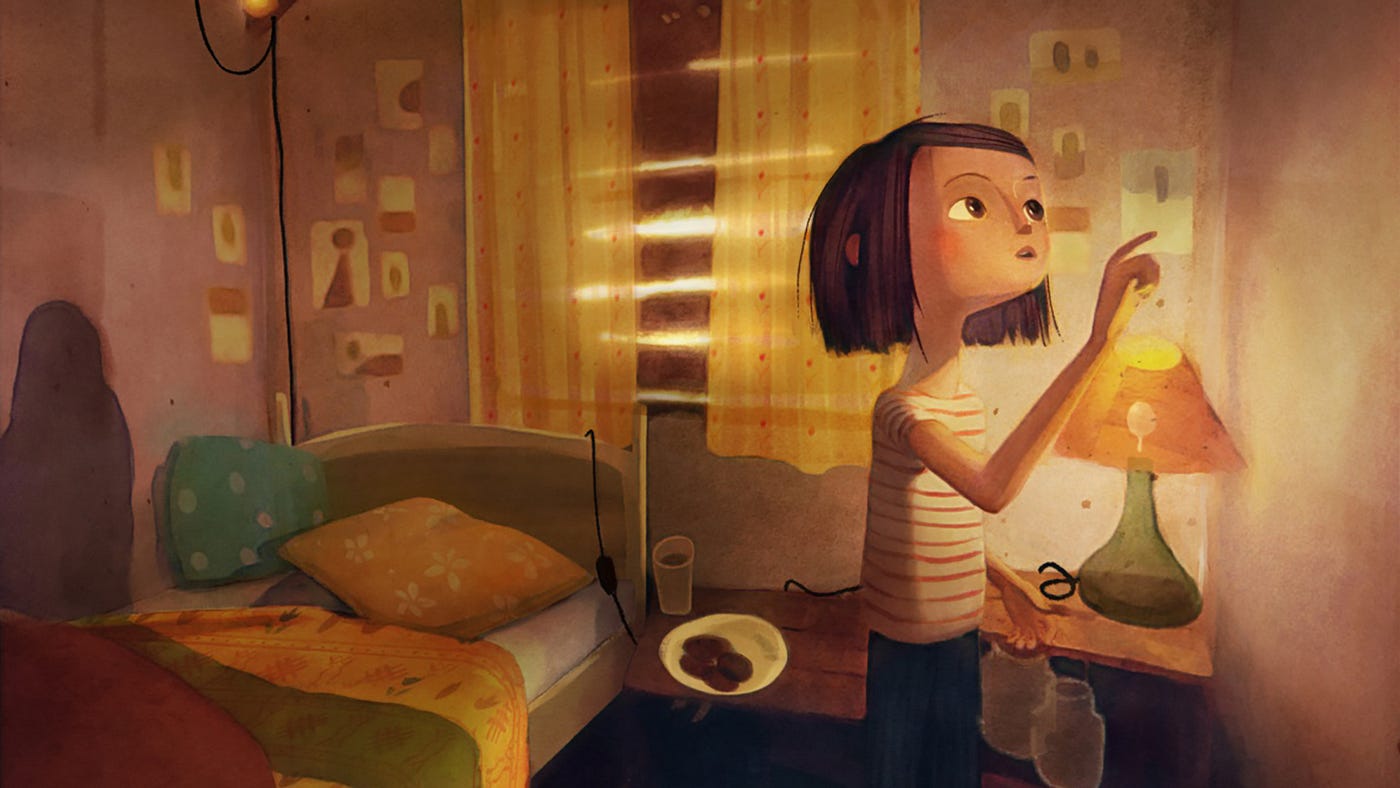
When we set out to adapt Wolves in the Walls by Neil Gaiman into a virtual reality experience there were no blueprints to follow. We began the journey by simply colliding two well-known creative forces. We would combine the storytelling elements from feature animation with the interactivity and real-time rendering of games. Simple, straightforward, obvious.
This alchemy had been tried before, many times, actually, but always at the service of furthering an existing art form. Now we had a new construct: an experience where audience agency would not hold narrative hostage. Initially this collision worked well. The tension created between prototype-driven playability and story-forward design yielded great debate and unlocked new ways of working. We impressed each other with novelties we had never seen before. Then the momentum began to stall.
Big questions emerged that we could not answer. We were missing the tools. What is the role of the audience? What is the core mechanic? What do we call the (player, guest, audience, ghost)?
It was suggested that we go to New York, for inspiration, specifically to see immersive theatre. This would become a rite of passage for the studio. (A large collection of artifacts from immersive experiences hung rafters of our original building.)
The impact of this art form was so dramatic that it would change everything we thought Wolves in the Walls could be.
Many months later, through a combination of luck, timing and mutual friends, Jennine Willett and Zach Morris of Third Rail Projects arrived at our studio. After showing them an early prototype of Lucy, Zach asked, “What’s the major dramatic question?”
We weren’t prepared. We didn’t even understand the dialect. We knew about narrative arcs and proprioception, cognitive overload and color theory, but we had no clue how to answer his question. The next 48 hours was a period of thought expansion previously reserved for scenes in The Matrix. By the end, we knew that we desperately wanted to collaborate with them on this project.
If you imagine two points connected by a line, that was who we were. Cinema on the left, games on the right, tied together, pushing and pulling at one another: unstable. Immersive theatre emerged as a third point, and by connecting the three, we became a triangle. These were the missing tools, the language we needed to answer the big questions.
We had gone into these experiences fascinated by objects. There was an idea that objects have secret lives and can tell stories. Wolves would be one of the first narrative VR projects to use the Oculus Touch, and we thought that we could deliver backstory and exposition through object interaction. Immersive theatre showed us that this is more than possible. It can be so object-rich that narrative almost seemed to be an afterthought. We started to worry. There was really no way to effectively create a virtual experience that would work in a similar way. The audience is such a critical part of the set design.
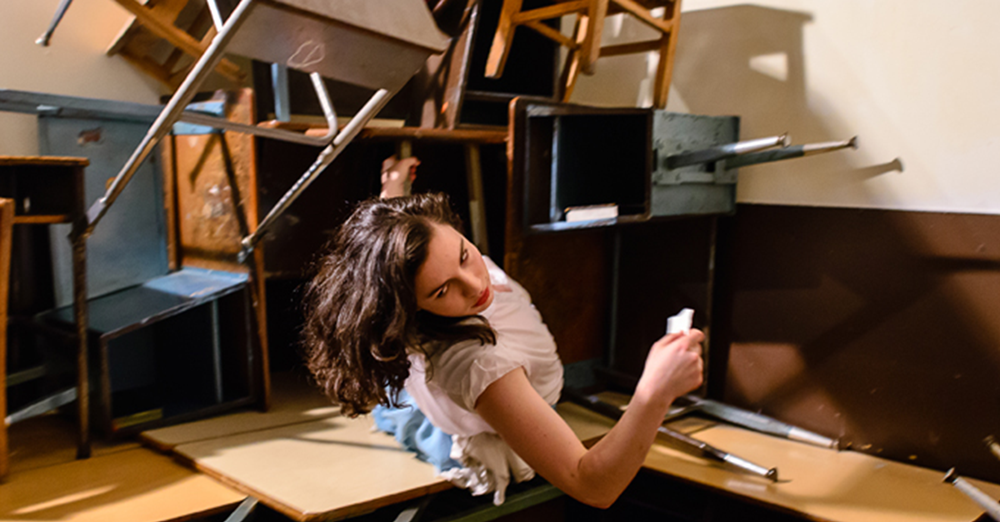
It was in this vulnerable state that we surrendered to Then She Fell, and it was so clear from the first thirty seconds that this was going to be important. Intimacy, specificity, and catered experience. These were the things we were craving. This is what we could strive to implement. There exists a legal pad filled front to back with the events of that evening. Every interaction, line of dialog and blurry memory of set and sound, was recorded the moment paper and pen were at hand.
Get No Proscenium’s stories in your inbox
Join Medium for free to get updates from this writer.
SubscribeSubscribe
Back at the studio with Zach and Jennine, we talked about our respective superpowers. We marveled that their performers can improvise. (It’s incredibly hard for us to make Lucy appear fluid and responsive.) They are jealous of our ability to create limitless worlds unchained by physical space and building code. We arrived at one of our foundational questions. Why VR? What about this particular idea is uniquely possible in Virtual Reality? If this can not be answered, then there is little reason to pursue it. Since it is more difficult, takes more time and it is more expensive to do in VR.
We discussed intimacy. The nature of the one-on-one interaction. Why it is so powerful and connective? These ideas emerge inside Wolves as something we call “haiku moments.” Little quiet interactions with just Lucy and the audience. They give us time to take each other in, bond, and try to understand one another. In Then She Fell, these moments are so successful, it feels like you are falling in love.

We talked a lot about dance. All of Third Rail’s projects are grounded in movement. It becomes so clear as we continue to work with them that immersive entertainment is, at its core, a dance. When we compose for cinema, we consider elements as they relate to the rectangle. But immersive design considers volume and relative distance. Choreography and role playing supplant storyboards and grey boxes.
This is how we see Wolves. As a dance. Lucy constantly in motion, never still. She weaves in and out of the rooms of her house, through family conflict, fear, danger, emerging confident and in control. It’s performed by engineers and animators, writers and game designers, artists and actors, choreographers and dancers.
We are so grateful that all of them are a part of it.
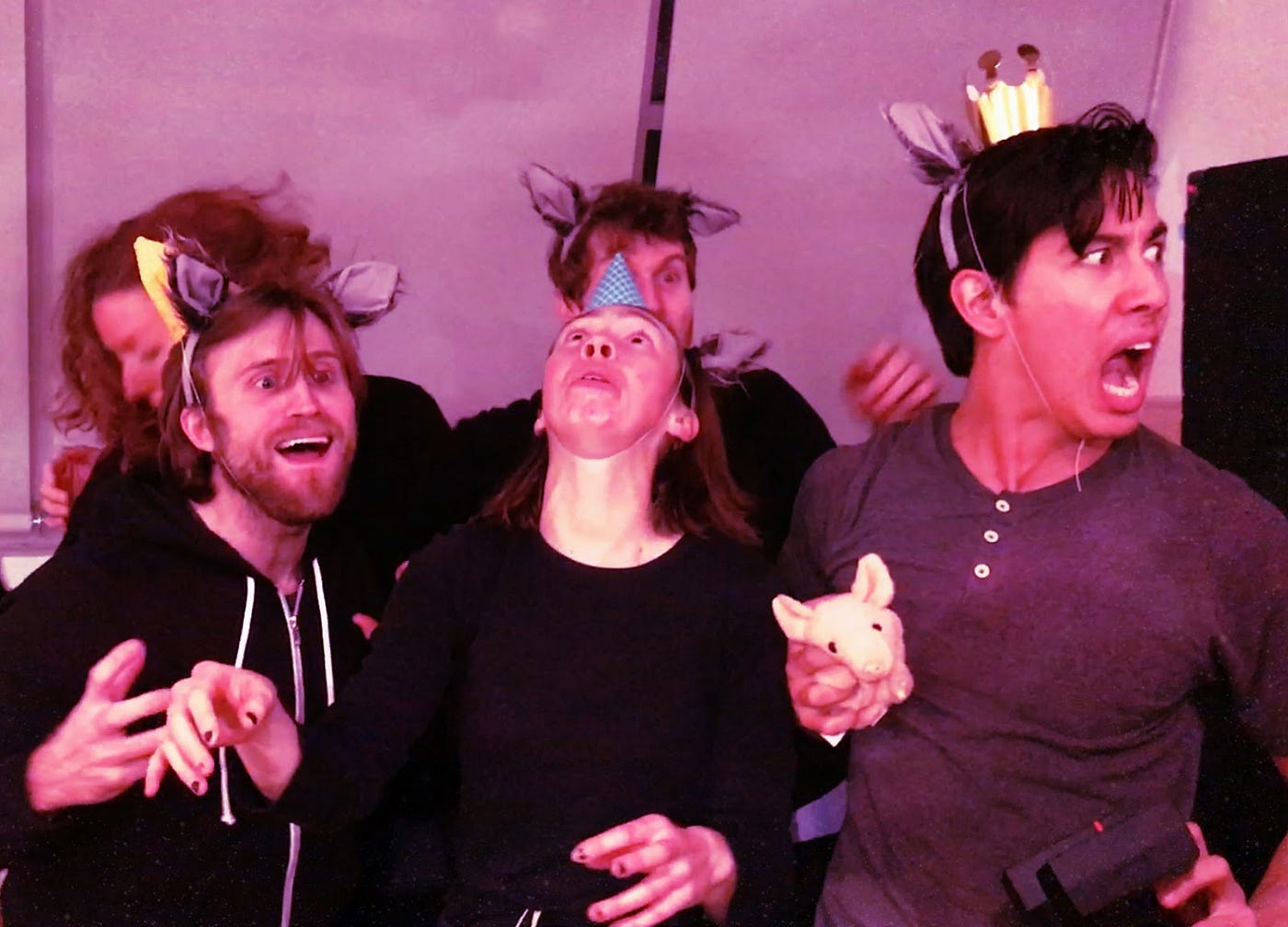
Wolves in the Walls: It’s All Over runs April 26 — May 4 as part of the Tribeca Film Festival’s Immersive Program. Tickets are sold out.
View all of our Tribeca Immersive 2019 coverage.
NoPro is a labor of love made possible by our generous Patreon backers. Join them today!
In addition to the No Proscenium web site, our podcast, and our newsletters, you can find NoPro on Twitter, Facebook, YouTube, Instagram, in the Facebook community Everything Immersive, and on our Slack forum.
Office facilities provided by Thymele Arts, in Los Angeles, CA.



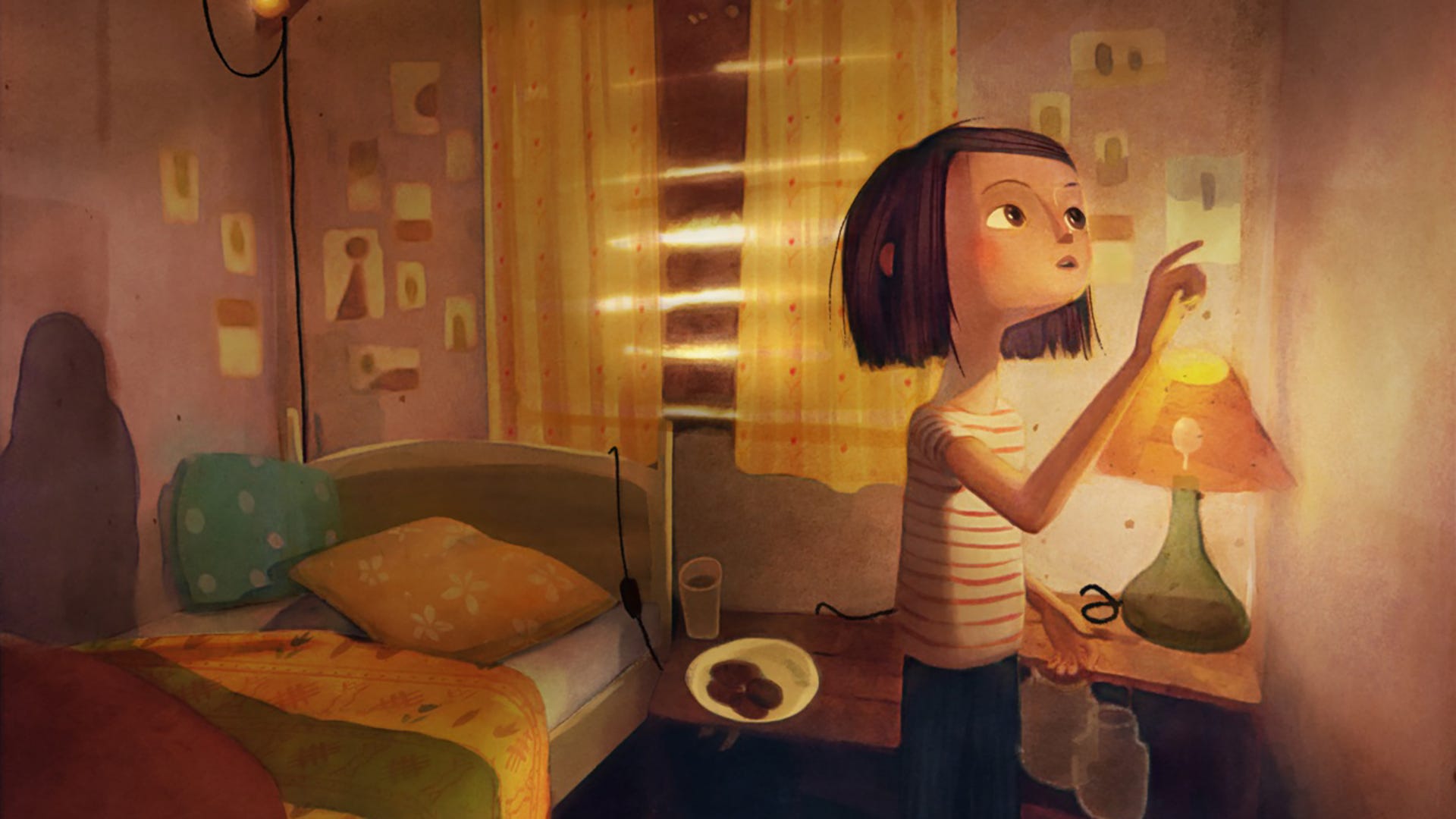
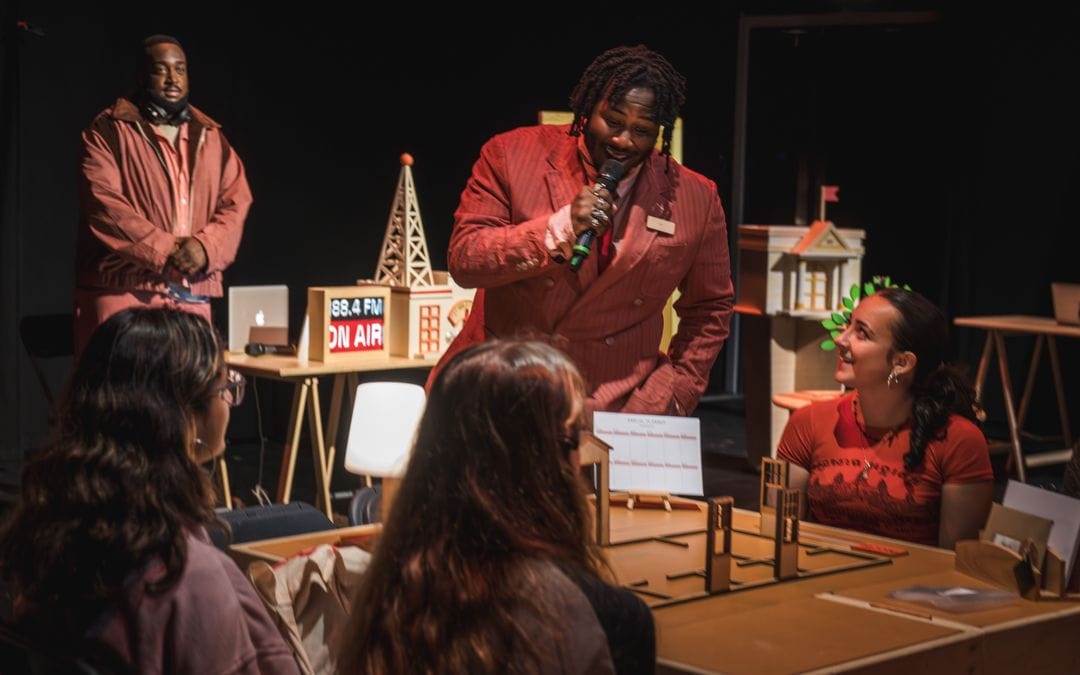















Discussion